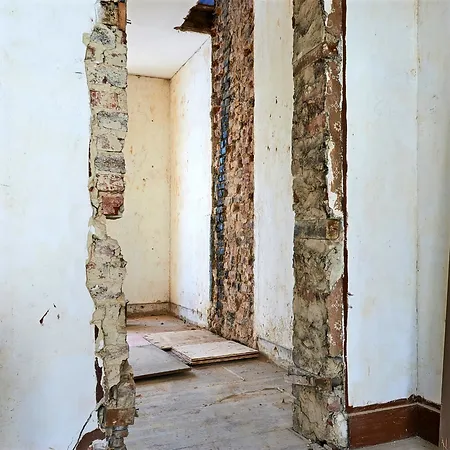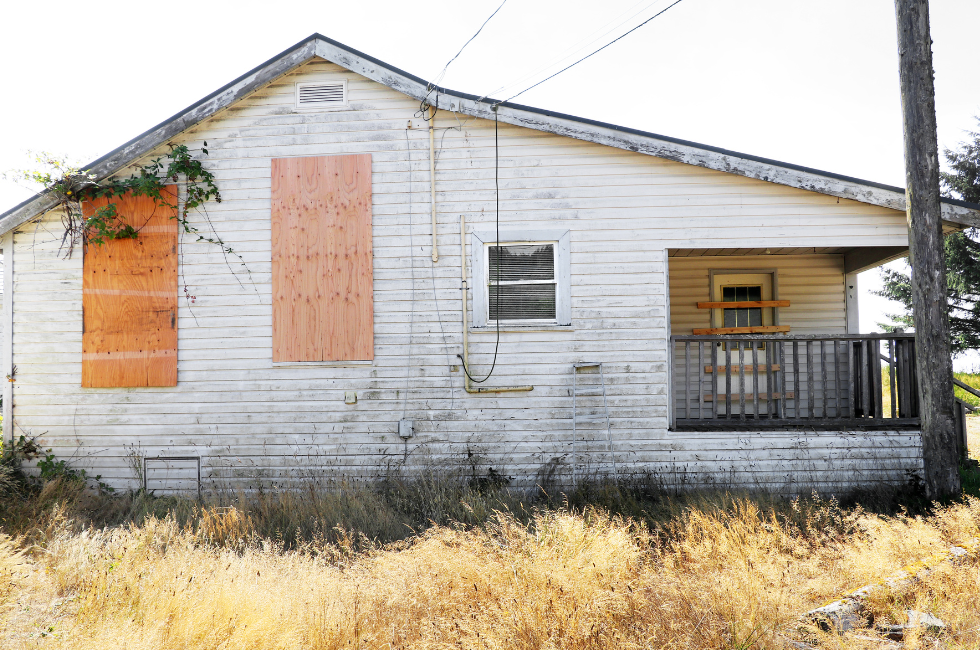Knowing when to flip it or raze it, and simply walk away from a potential fix and flip investment property can be key to helping successfully navigate the world of fix and flip investments.
Understanding what types of properties are worth looking into and which ones may be a waste of your time is essential in the real estate investment world. Focusing on those properties that offer good potential for profitability is key.
However, just as important is avoiding properties that may be too much work or require too large an upfront capital investment.
Distressed Properties

One of the keys to successful house flipping is finding the right fixer-upper property at the right price (and in the right real estate market).
The types of properties that need a little TLC are usually referred to as distressed properties.
Distressed properties are a good focal point for fix and flip investors, as they tend to have less competition from potential buyers.
They are also typically listed on the market at a deep discount compared to traditional “retail” properties that may only need a fresh coat of paint, for example.
Depending on the overall condition of the property, and its perceived after repair value (ARV), the right distressed property can be a lucrative opportunity for a fix and flip investor.
Is It Worth It?
While it may seem logical that a fix and flip real estate investor should only focus on properties that offer good potential for a profitable return, it may not always be so obvious which properties an investor should avoid.
One way of helping determine whether or not a property will be worth the time and capital investment is to follow the 70% rule (see a previous post regarding the 70% rule). This “rule” is by no means full proof, but it offers good guidance.
Of course, for some properties it may not be question or whether to flip it or raze it. You should simply walk away and preserve your time and capital for another day.
For example, if a property needs a new everything, from the roof, to the floor joists, to the plumbing, to the wiring, and everything in between, then it may simply be a waste of your time and capital.
Such properties, in all likelihood, should simply be razed, rather than attempted to be rehabbed
On the other hand, while a property may appear to be one for which you should simply walk away, the location of the property could make it a worth while investment.
The land alone, for example, might make the property worth the time and capital needed to rehab it.
Conclusion
As with any question regarding whether or not an investment of any kind, including real estate investing, is worth it, the right answer is “it depends”.
Assessing your risk tolerance, as well as your available capital and time, is key to determining whether it makes sense to flip it or raze it when it comes to fix and flip real estate investing.
Having the right team in place, including your real estate agent, contractor, and insurance agent, is also critical to ensuring a successful real estate investment journey!
****This article is intended for informational/educational purposes only. It is not meant as, nor should it be interpreted as, actual investment advise regarding real estate investing of any kind, including fix and flip real estate investing*****

